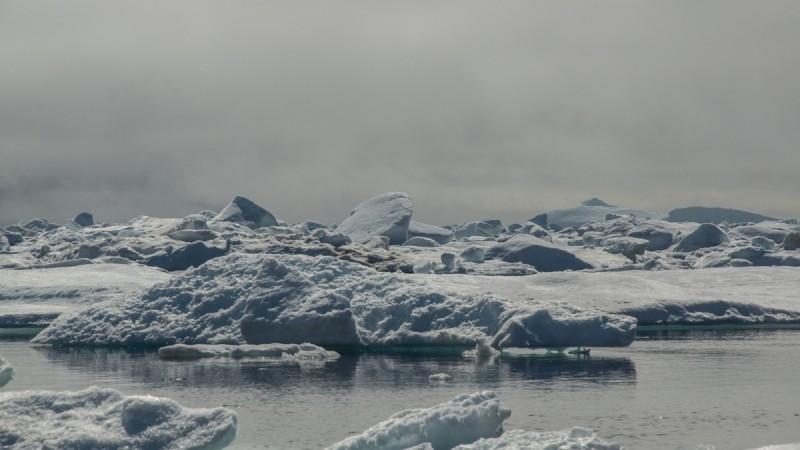
A few months back we came to know that India ranks 177 out of 180 in the Environmental Performance Index but most of us don't know that the problem is not regional but global and the global warming has doubled its velocity. According to a report published in a journal 'Nature, ' Antarctica is melting more than twice as fast as last decade and this has alarmed the world. Nature has used more satellite data than any other investigation of Antarctica to derive to such conclusion.
We all know that between 60 and 90 percents of the world's fresh water are frozen in the ice sheets of Antarctica, a continent roughly the size of US and Mexico combined. The rate at which Antarctica is losing ice has more than doubled since 2012 as per the latest available data. According to nine award-winning scientists if the ice keeps melting at the same rate the sea level will rise and all the coastal countries will be threatened by flooding. The continent is melting so fast, that it will contribute to six inches( 15 centimetres) to sea level rise by 2100.
Scientists have laid out ways for how to save a melting Antarctica and if we don't then how grim our future can be is their another speculation. People living in other parts of the world might not take this as a serious issue but if they want to save the earth from doomsday we need to know why Antarctica is important for all of us.
Antarctica is covered by ice sheets that get channelled into the oceans through a network of ice streams and glaciers and the continent has seen a reduction in the extent of floating ice shelves. The shelves have thinned due to our warming planet. The Southern Ocean surrounding the continent is vital to health as it soaks up more heat and carbon than any other ocean which lowers the speed of warming the atmosphere. The region does a service to the world by returning nutrient-rich deep water to the surface.
The hole in the ozone is centred over this region caused by the release of CFCs that come from air conditioners, aerosol cans, refrigeration and other manufacturing processes. The hole lets UV light to enter which increases the temperature.
Increased ocean acidity is a global problem due to the increased amount of carbon dioxide from pollution that also hurts animals that live in waters.
THE CLOCK IS TICKING!
If no one does anything to reduce the greenhouse gas emissions and the planet continues to warm then a scenario would come when a quarter of the volume of the sea ice would probably disappear by 2070, fishes and penguins will die and the US could see $1 trillion in damage. If the sea ice melts the sea would probably rise half a meter from where it was in 2000 which would wreak havoc on US costs. In this scenario, the average temperature would rise by about 3.5 degree Celsius which could be catastrophic according to the researchers.
By 2070, if the world works together we can stop the disaster by making limiting pollution a priority. We can start by reducing pollution in our homes and have a proper waste management process. Technology can also be redesigned to rejuvenate the environment.B ut the most important step which can be taken regarding pollution is that the policymakers make it a priority to keep an environment check and find better policies which could help us to live in a stable environment. If we want to survive on this planet we will have to take steps, else the end is near.

















